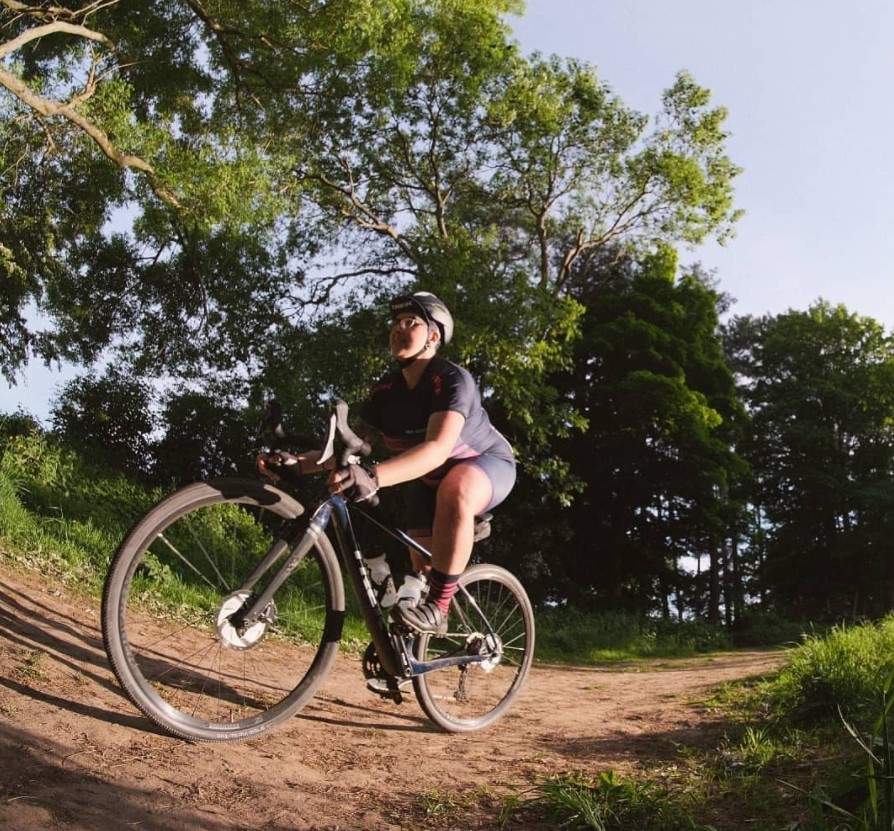Best gravel bike helmets: Off-road protection and comfort
Maximise on off-road protection, ventilation and aerodynamics with the best gravel bike helmets
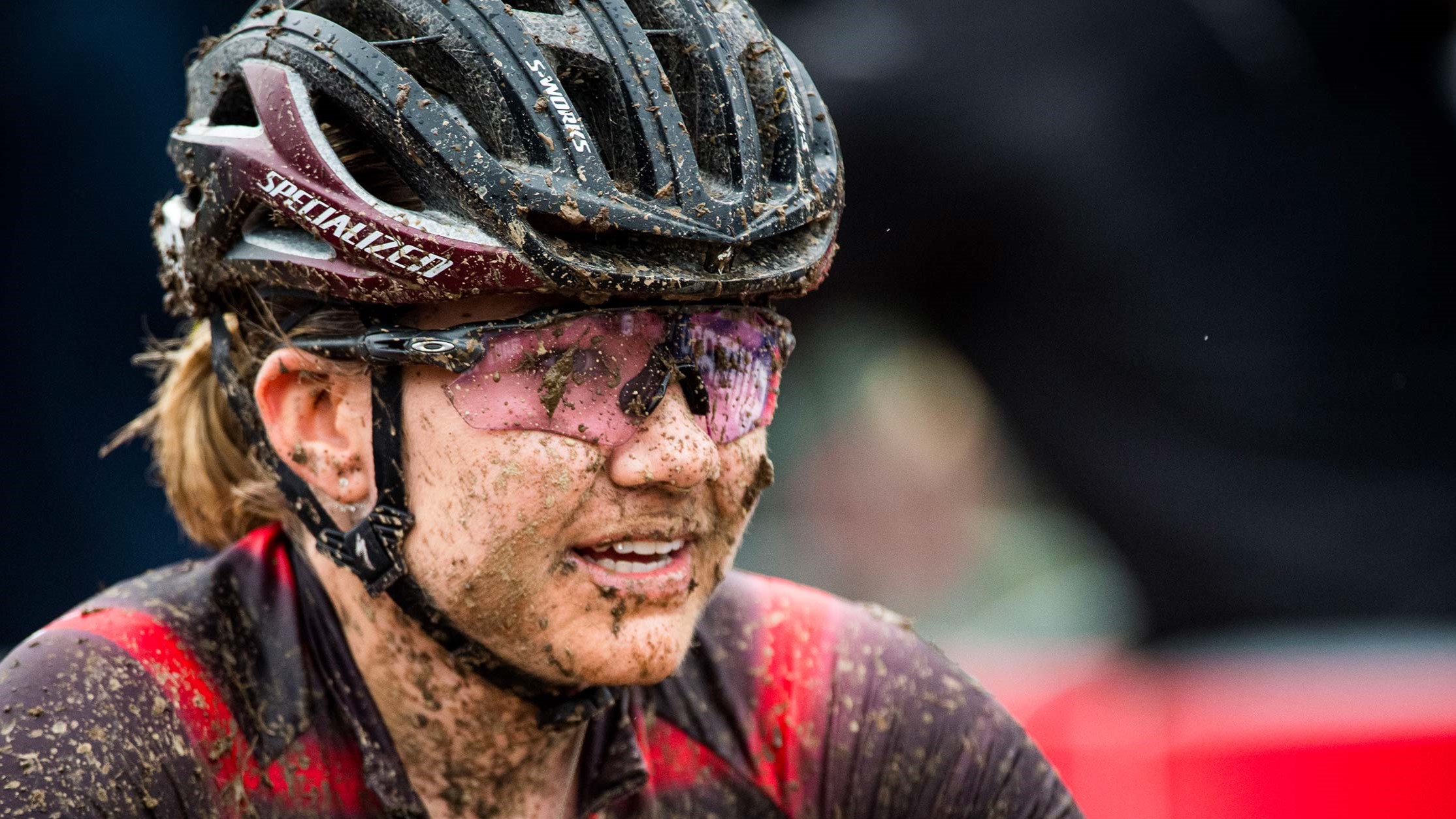
Believe it or not, when it comes to choosing a new helmet, it's a good idea to consider what's been made specifically for your preferred cycling discipline. With so many options on the market, manufacturers are constantly innovating in an effort to come out on top, which generally means the options on the market are becoming more and more specialised.
When it comes to gravel, choosing one of the best gravel bike helmets will result in optimal off-road protection, in a lightweight, well-ventilated and aerodynamic package. You'll find many of the qualities of the best road bike helmets, alongside some well-considered details to make the helmet you choose hardy enough to handle a wider range of conditions.
Fast gravel riding is a rising trend with the increasing popularity of gravel racing, and the best gravel bikes increasingly include models geared for speed. But a gravel bike helmet also needs to continue to provide good ventilation and comfort over long time periods at lower speeds and often in weather that's either very hot, very wet or very cold.
Many brands include a helmet in their ranges that they specifically aim at gravel riders. In general, we've included helmets here that will work just as well for road riding. But if your gravel riding is more technical, a mountain bike helmet may be a better choice: we've included a favourite in the list below.
Here's our choice of the best gravel bike helmets and below that a buyer's guide to what to look for in the best helmets for gravel riding.
The best gravel bike helmets available today
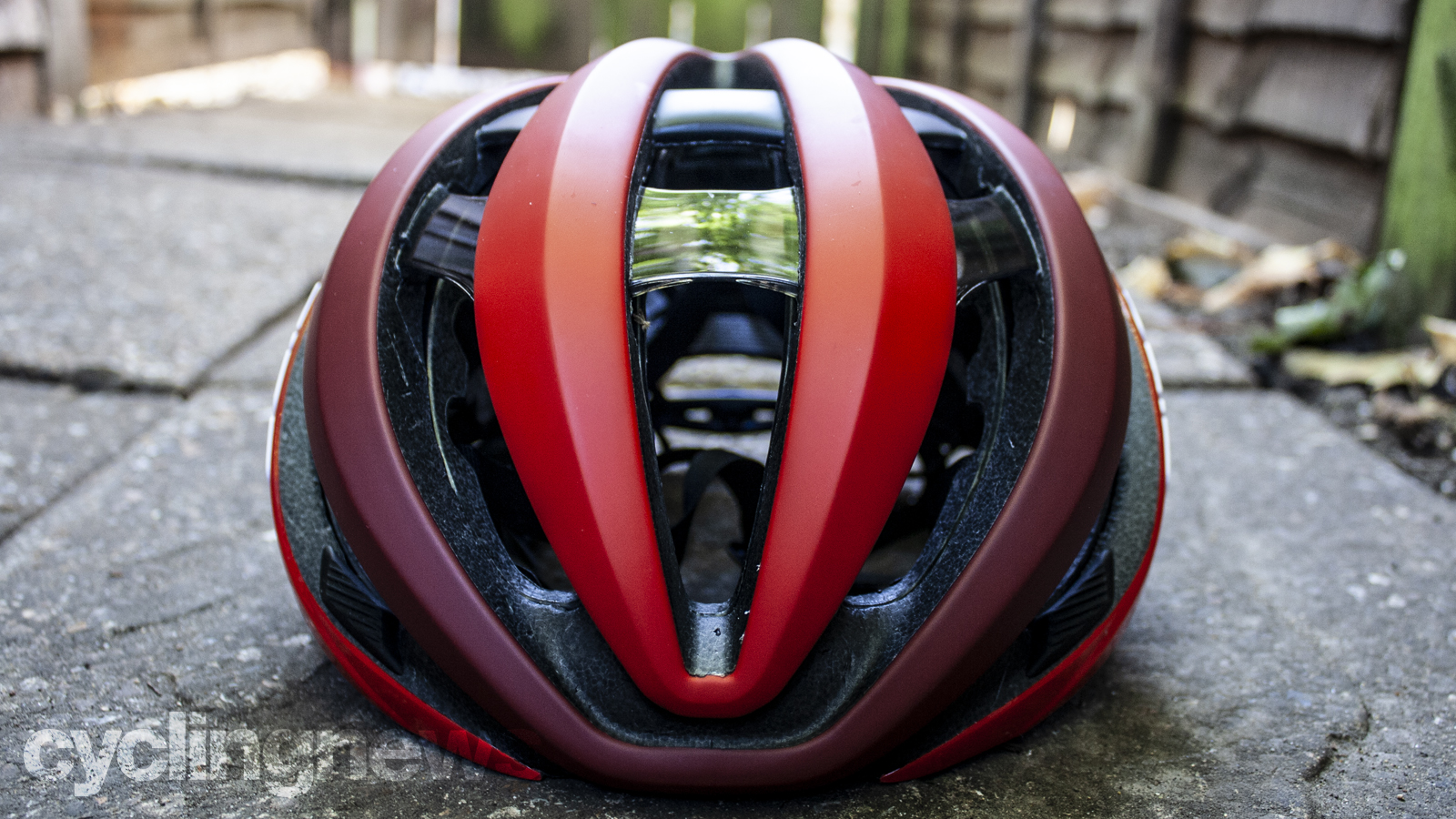
Best for speed-focused riders
+ Eyewear dock ports help keep glasses secure on bumpy roads
+ MIPS rotational impact technology without the need for a MIPS liner
+ Highly ventilated
- A little on the pricey side
By now most people should be fully aware of MIPS and the rotational impact protection that it provides. It's not the most comfortable, though, so MIPS, Giro, and Bell worked together to create a new system with the same end result, but without needing a separate liner. The result is Giro's Spherical Technology, a ball and socket design that splits the EPS foam liner into an inner and outer shell that fits one inside the other. Read our in-depth opinion in our Giro Aether Spherical review.
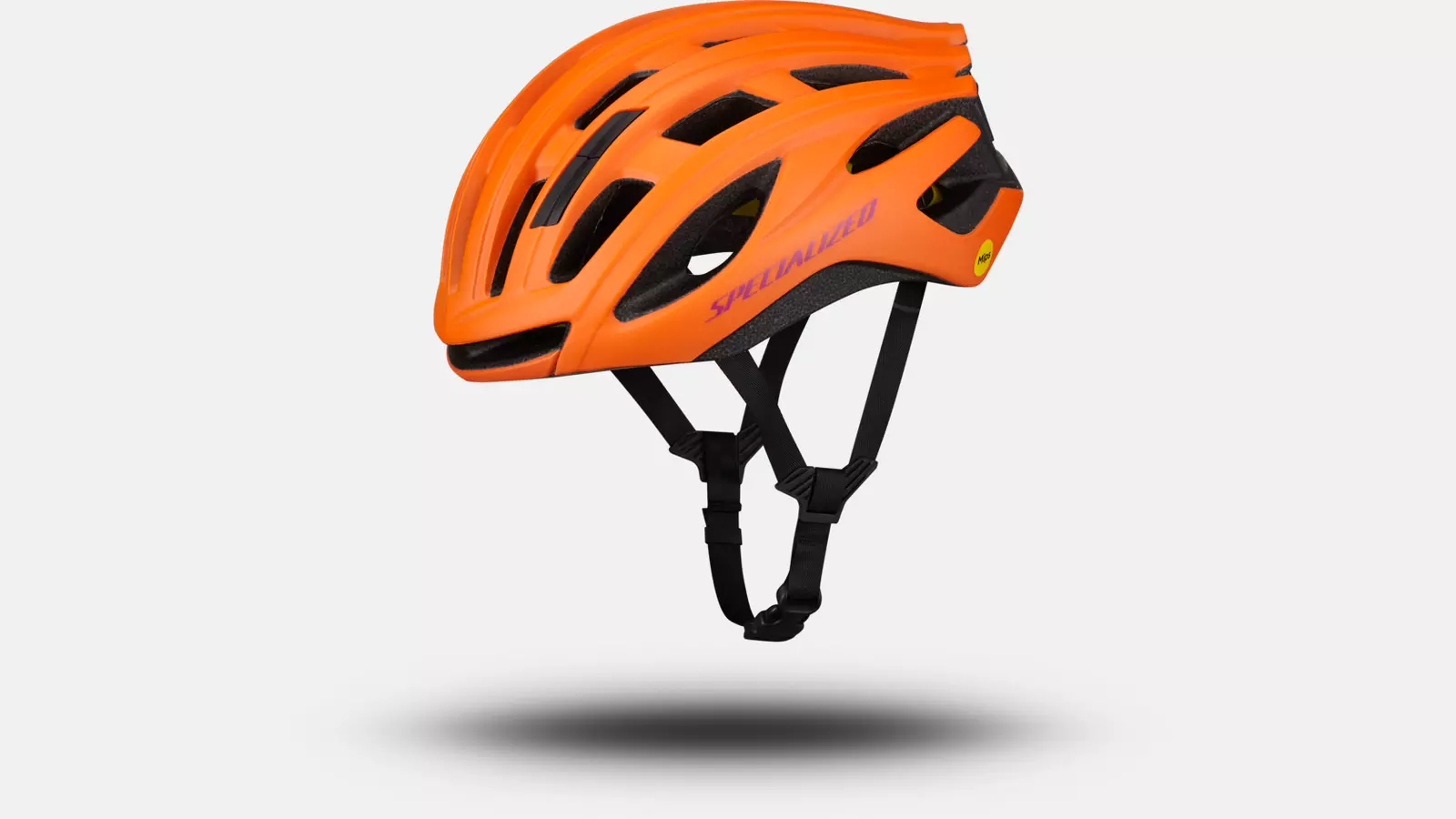
Best for additional safety
+ Compatible with ANGi sensor
+ Includes MIPS in a mid-priced package
+ Comfortable fit despite some extra weight
- A little heavy
If you're out in the wild and have a crash, a system to alert others could be a lifesaver. The Specialized Propero III lets you add the brand's ANGi crash sensor, although it's no longer included with the helmet. The Propero III is a comfortable helmet, despite a little extra weight, has good ventilation and its MIPS liner adds extra safety. You can read our full review of the Specialized Propero III helmet for more.
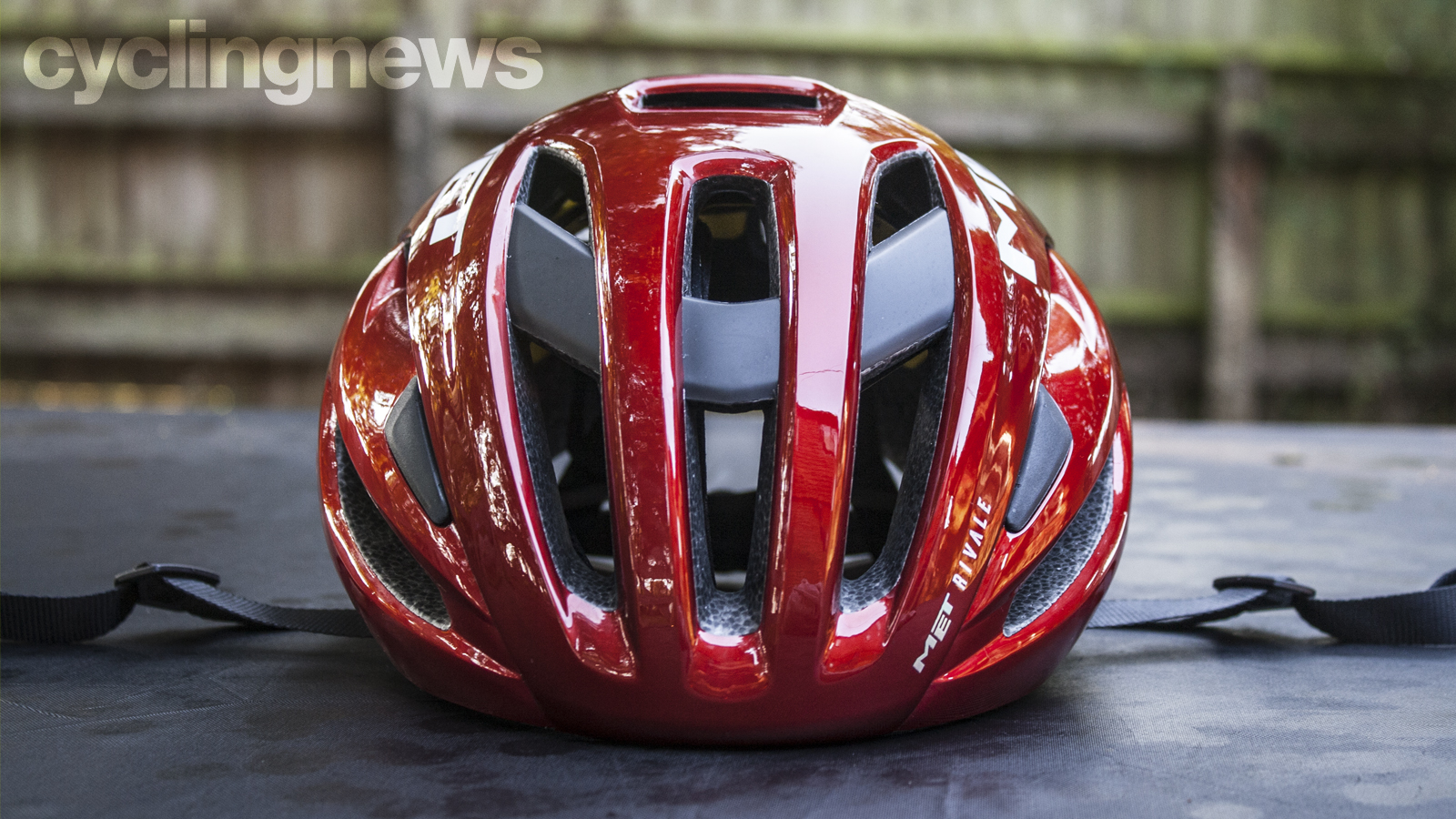
Best for ventilation
+ 18 vents for good cooling
+ Mid-priced helmet
+ We've shown it works in a crash
- Roadie looks and colours
The MET Rivale MIPS is good-looking, with plenty of ventilation and a MIPS layer included. At 240g it's light and there are seven colour options available. MET has taken care of aerodynamics as well, and we rated the helmet's strap management system, comfort and ventilation. Read more about our experience with the MET Rivale MIPS helmet, including the results of our own crash testing and MET's assessment of the result.
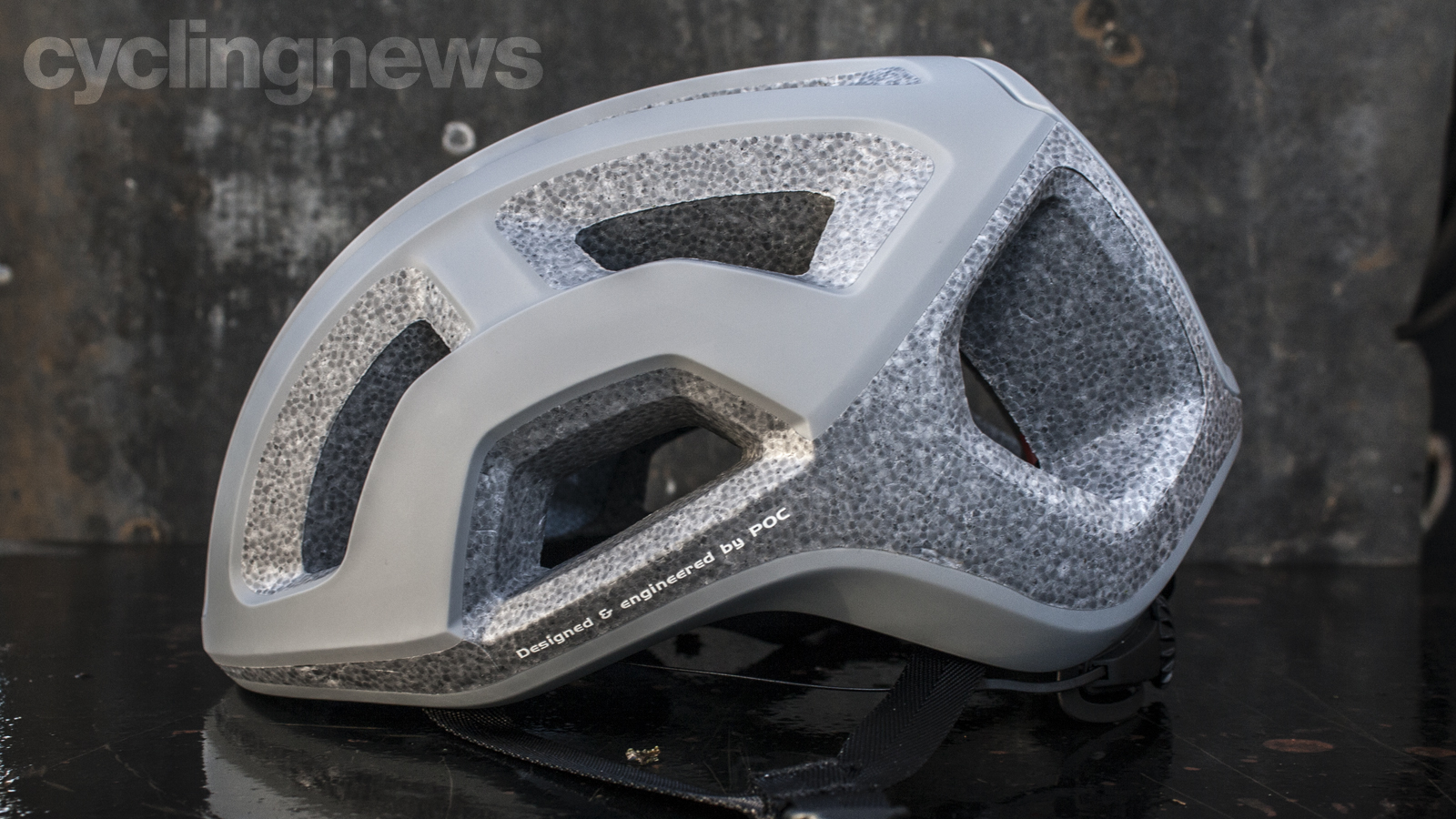
Best for weight weenies
+ Lightweight
+ Plenty of ventilation
+ Glasses retention stickers provided
- Lacks a rotational impact protection system
Spend all day with a heavy helmet on your head, and your neck will be begging you to take it off. The POC Ventral Lite is a solution at under 200g, and it's a helmet designed every step of the way to be as light as absolutely possible. POC has counted every gram so meticulously that the eyeglasses retention system is a sticker that you can leave off if you don't want to use it. Want to know more? Read our in depth POC Ventral Lite review.
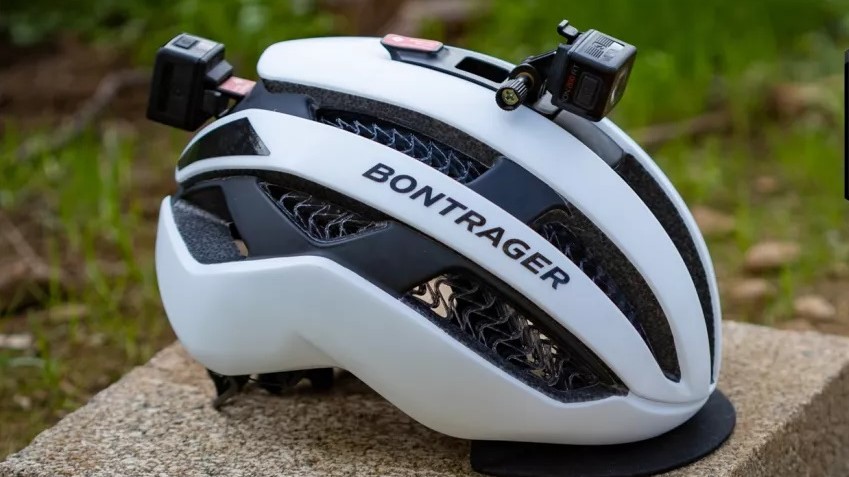
Best for the GoPro lover
+ Can be fitted with mounts for lights or a GoPro
+ Versatile
+ In-built WaveCel impact protection
- Awkward rear Blendr mount
If you like to record your gravel exploits, placing your action camera on your helmet will give you great footage and may avoid some mud splatter. The Bontrager Circuit WaveCel helmet can be fitted with two of Bontrager's Blendr mounts, which allow you to attach its Flare front and rear lights to the helmet - or a GoPro. Read our full review of the Bontrager Circuit WaveCel helmet for more details.
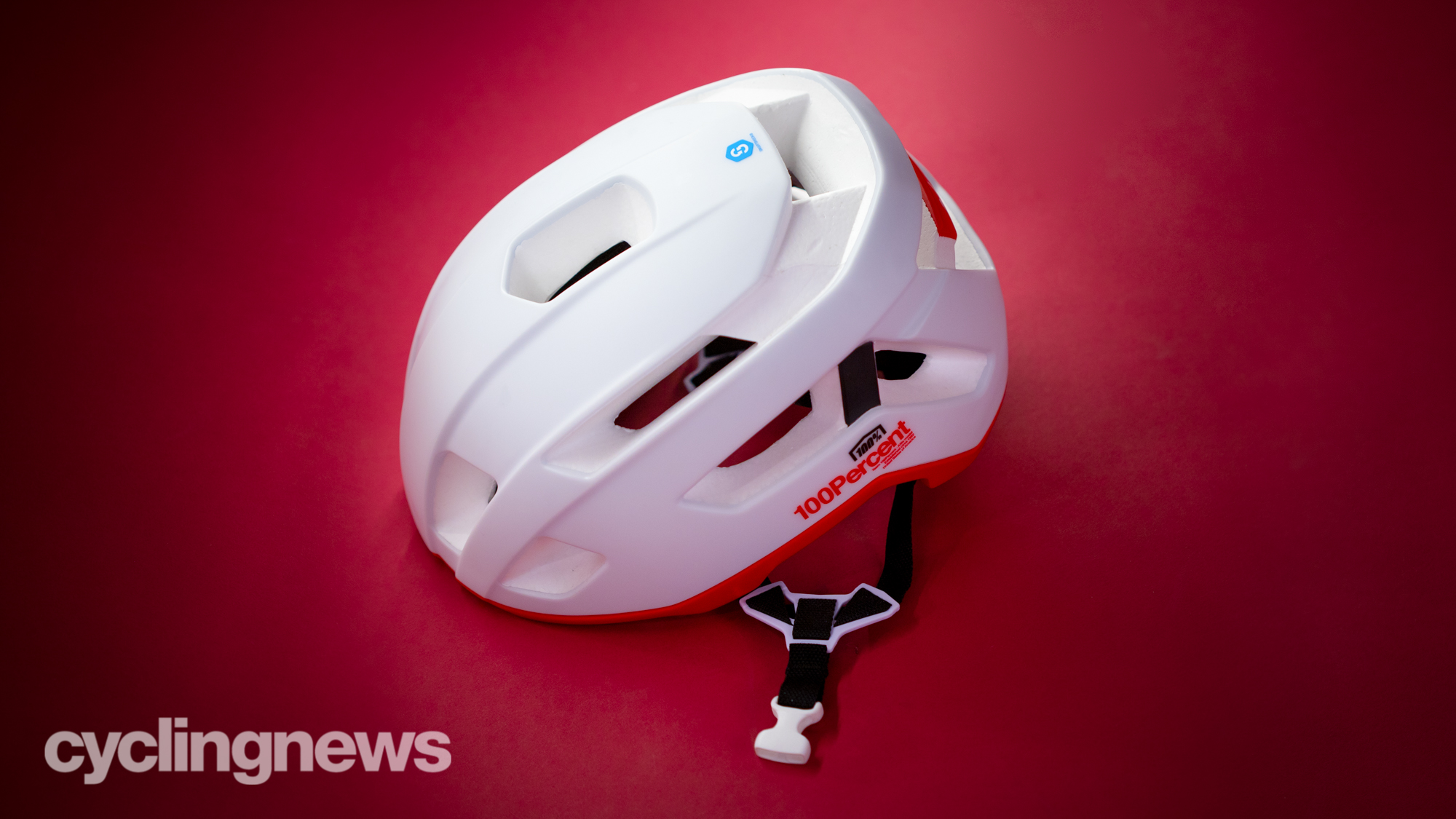
Best for style fiends
+ Lower in the back for better coverage
+ Easy to adjust straps forward and backwards
+ Style fits off-road riding
- No vertical adjustment of the rear cradle
Helping to keep you safe the 100% Altis Gravel brings with it the proprietary Smartshock® Rotational Protective System. More than just a slip-plane system, Smartshock immediately compresses to absorb direct impact while also allowing rotation as necessary. Our full review of the 100% Altis Gravel should answer any questions you've got.
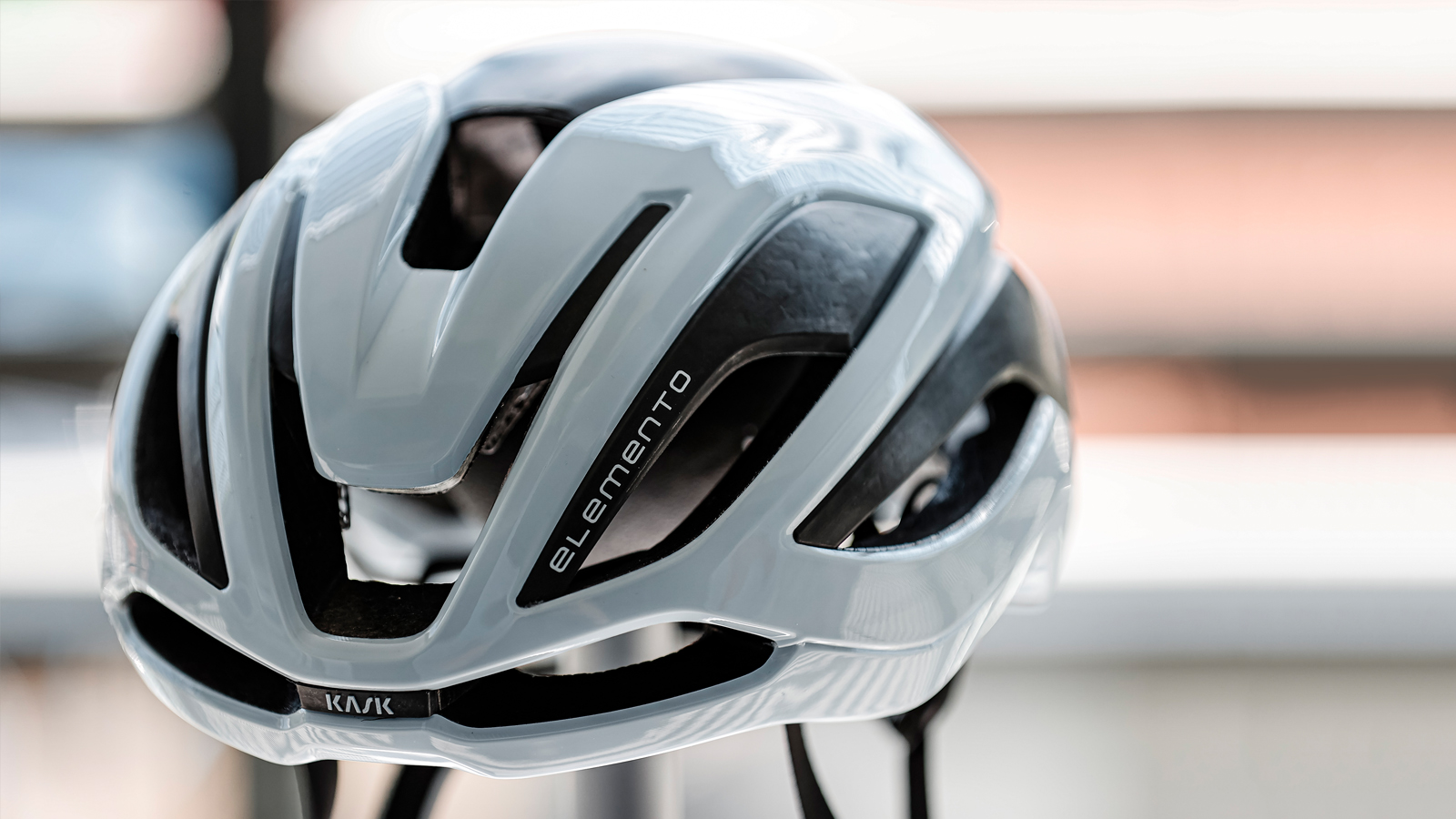
Best for new tech
+ Lightweight with good ventilation
+ Novel impact protection tech
+ Not inclined to slippage when riding
- Can interfere with some sunglasses
The Elemento uses 1mm thick carbon fibre plates that can move relative to each other in place of the usual EPS foam, along with 3D printed pads that also help absorb energy in a crash. Our initial rides have found that it hugs the head really well, with no movement and no tendency to slide down into your field of vision. Look out for our review incoming and read our Kask Elemento launch story.
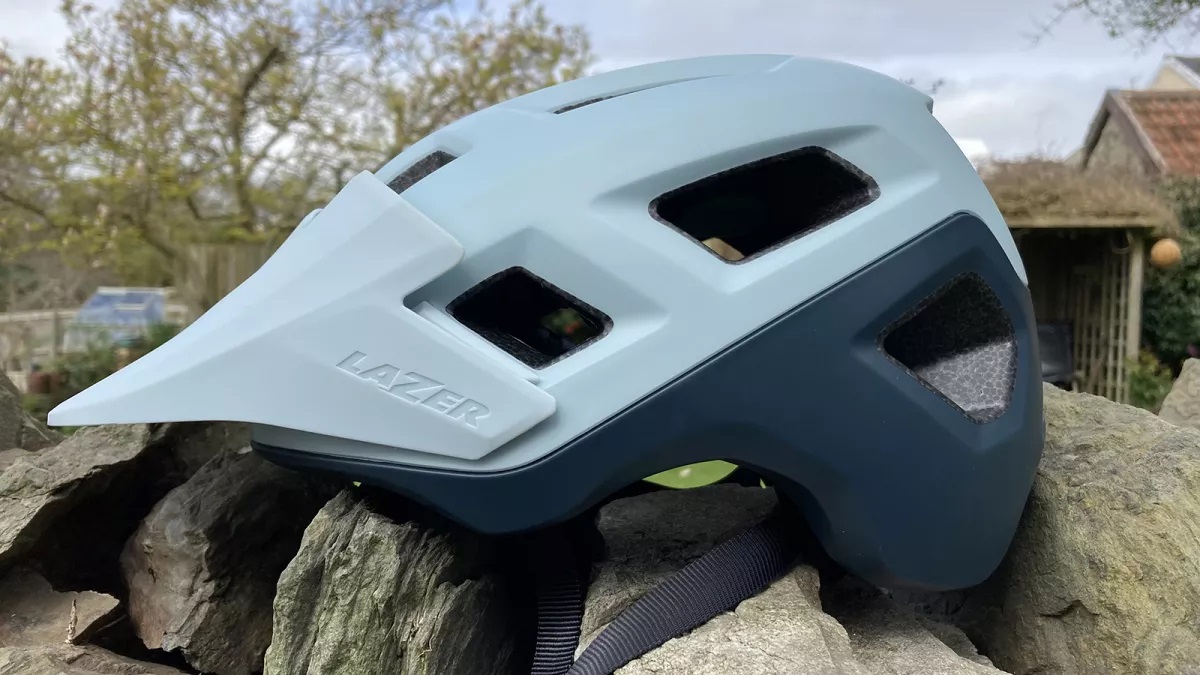
Best for rougher terrain
+ Crumple zones built into the helmet
+ Wide adjustability
- Good protection for the rear of the head
If you're planning aggressive off-road riding, a mountain bike helmet may be a better shout than a road or gravel helmet. The Lazer Coyote KinetiCore uses the same rotational impact tech as the brand's latest road helmets, with an internal crumple zone that deforms and can break off in a crash. It's lighter than a sliding plane system, as it takes away from the helmet's EPS foam rather than adding another layer to the helmet.
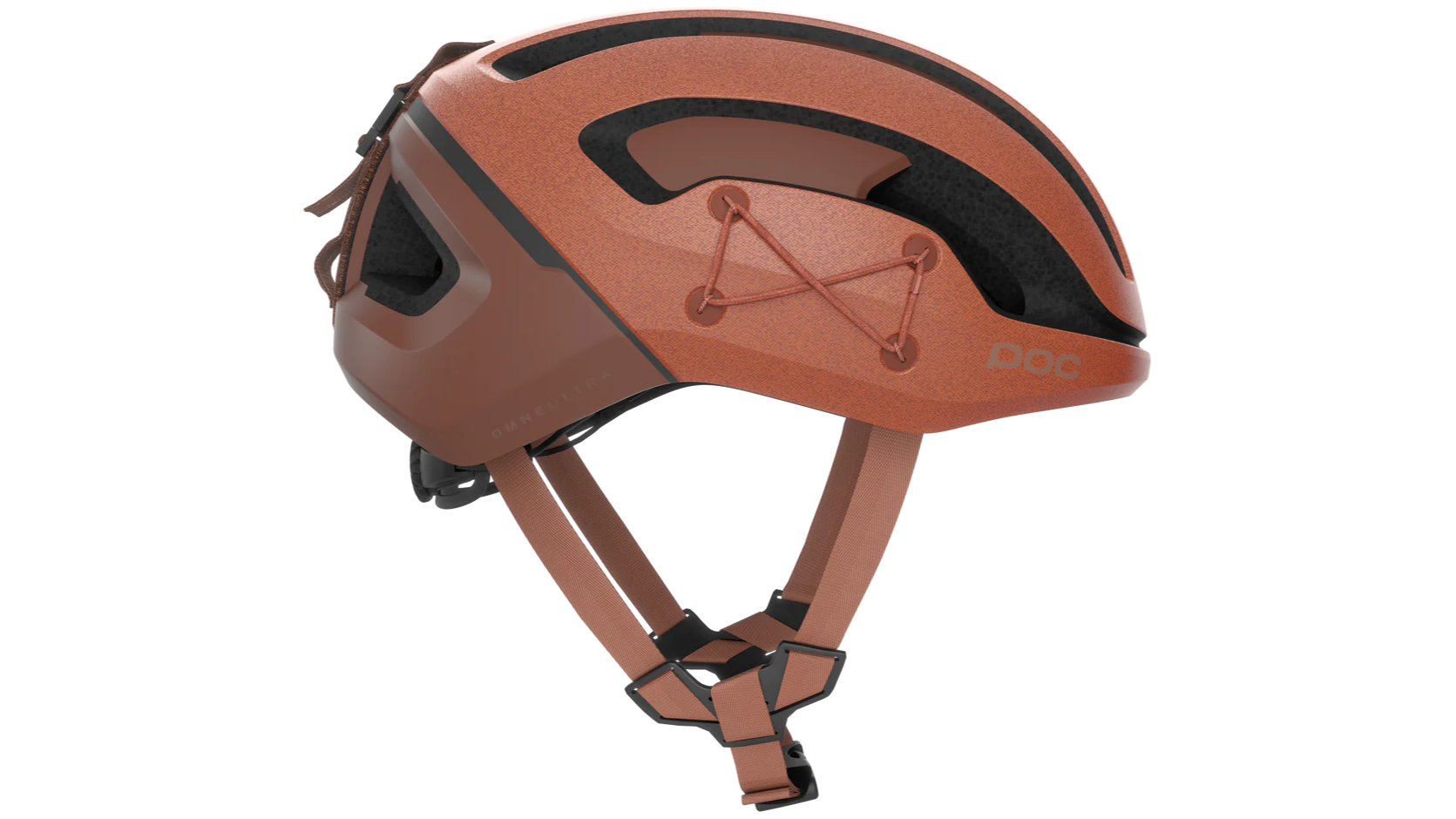
Best for carrying cargo (yes seriously)
+ Renowned POC Omne helmet base
+ MIPS rotation protection
+ Side-loading strap for carrying light / other
- Is it innovation for innovation's sake?
Taking the Omne Ultra, POC has strapped on some bungee and velcro straps so you can carry things, such as a torch, a gel, or perhaps a neatly-folded foil blanket in case something goes awry. There's also a Recco Reflector so the emergency services can find you if it does. Some will call this a gimmick, but adding extra features that you may or may not use for the same price as the already excellent Omne Ultra MIPS helmet is no bad thing in our eyes.
How to choose the best gravel bike helmet
Gravel riding has risen in popularity and there is now a whole sector of the market now dedicated to gravel-specific clothing and accessories. If you prefer to adopt a more relaxed choice of kit for gravel riding then a gravel-focused or specific helmet may be of interest to you. Something perhaps that looks a little less like a performance road helmet and takes some style inspiration from the MTB world.
That being said, safety and fit when it comes to helmet choice are paramount. A helmet's ability to keep you safe should always be your first concern when shopping for one. Working to your budget, see what helmets have certain safety features (such as MIPS) that appeal or feel right for you and if possible try a helmet on before you buy to ensure it's comfortable and fits you correctly.
Do I need MIPS?
MIPS is a brand name, like Hoover, that has become synonymous with rotational impact protection. It stands for "Multi-directional Impact Protection System", and, like other systems of its kind, adds a liner with a small amount of movement inside the helmet shell that allows it to slide relative to the helmet and your head on impact.
This, it is claimed, reduces the rotational impact on your head, as most impacts are not linear, and basically makes the helmet safer. It's a technology that's trickling down through helmet ranges and is rapidly becoming ubiquitous, even in the best-budget cycling helmets.
Do I need a visor?
The visor is something familiar to the mountain bike crowd, but alien to roadies, so depending on your riding style this will help inform your decision.
Mostly road or fast gravel? Then you probably don't need one. Gnarly trails and steep inclines, with very little smooth riding? Maybe a visor is the thing for you.
The visor will provide an element of protection from the sun, as well as rogue tree branches in woodland settings, but in a racy position, it'll likely obscure your vision. Gravel helmets with visors are also likely to be drawing from mountain biking designs, and will probably have better rear-side protection.
Rest assured, if you do get a helmet with a peak, most are removable, so you can always take it off.
What about aero gravel helmets?
You can, if absolute speed is your goal, wear any of the best aero road helmets for your gravel riding. However, speeds off-road are generally slower than those on smooth tarmac, and aero helmets that can struggle with ventilation are going to be even more sweaty at slower speeds on a hot day.
As such we've not included any out-and-out aero helmets in this guide, although if you plan to try gravel bike racing, aerodynamics is as important at the pointy end as it is on the road. An aero helmet will also keep your head more comfortable in poor conditions, due to its more enclosed design.
When should I replace my helmet?
For most gravel riders you'll probably be fine with your current gravel or mountain bike helmet, but at some point, all helmets need replacing, which is when you could always come back here.
After a crash that's resulted in a bumped head, or any impact to the helmet (don't drop them!) you should replace it immediately. It's annoying and an expensive addition of insult to injury, but not doing so could risk worse the next time you end up rubber-side up.
General wear and tear and UV exposure also degrade helmets over time. Manufacturer recommendations differ, but usually suggest a replacement after around five years.
Get The Leadout Newsletter
The latest race content, interviews, features, reviews and expert buying guides, direct to your inbox!
Mildred joined as Reviews Writer for Cyclingnews and BikePerfect in December 2020. She loves all forms of cycling from long-distance audax to daily errand-running by bike, and does almost everything on two wheels, including moving house, and started out her cycling career working in a bike shop. For the past five years she's volunteered at The Bristol Bike Project as a mechanic and session coordinator, and now sits on its board of directors.
Since then she's gone on to write for a multitude of cycling publications, including Bikeradar, Cycling Plus, Singletrack, Red Bull, Cycling UK and Total Women's Cycling. She's dedicated to providing more coverage of women's specific cycling tech, elevating under-represented voices in the sport, and making cycling more accessible overall.
Height: 156cm (5'2")
Weight: 75kg
Rides: Stayer Groadinger UG, Triban RC520 Women's Disc, Genesis Flyer, Marin Larkspur, Cotic BFe 26, Clandestine custom bike
